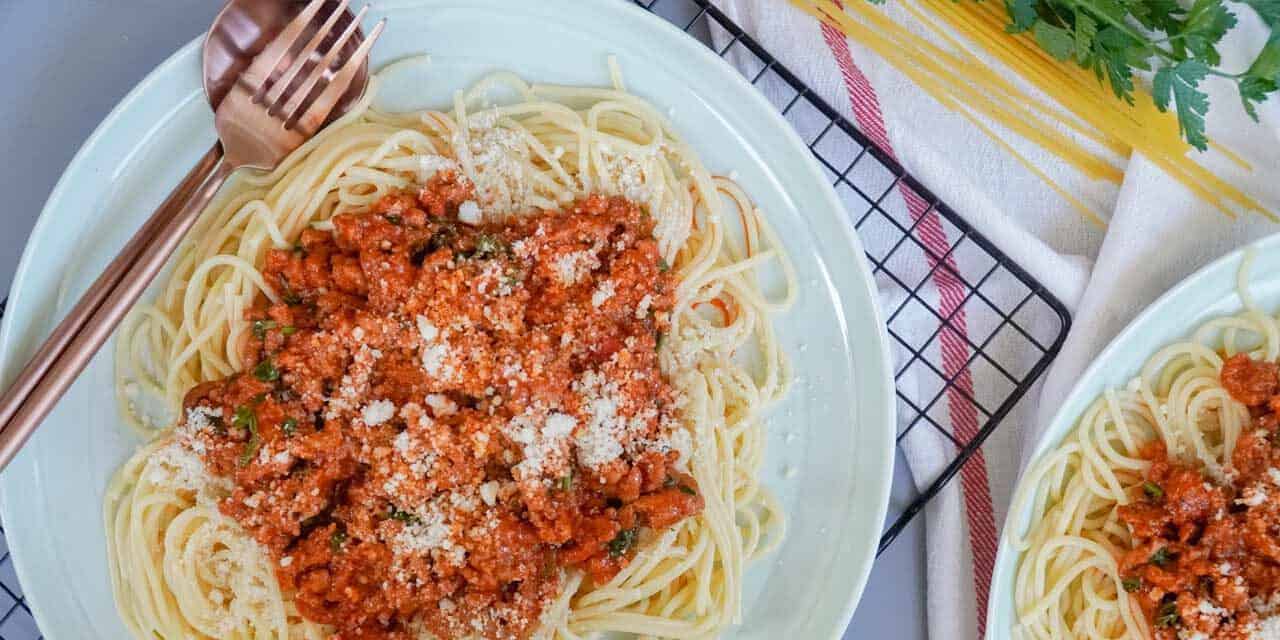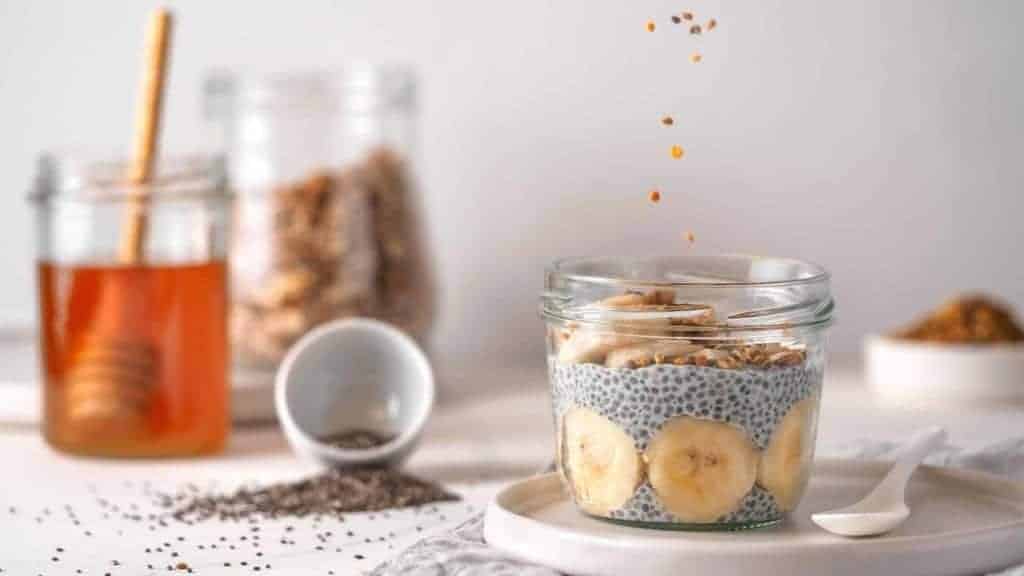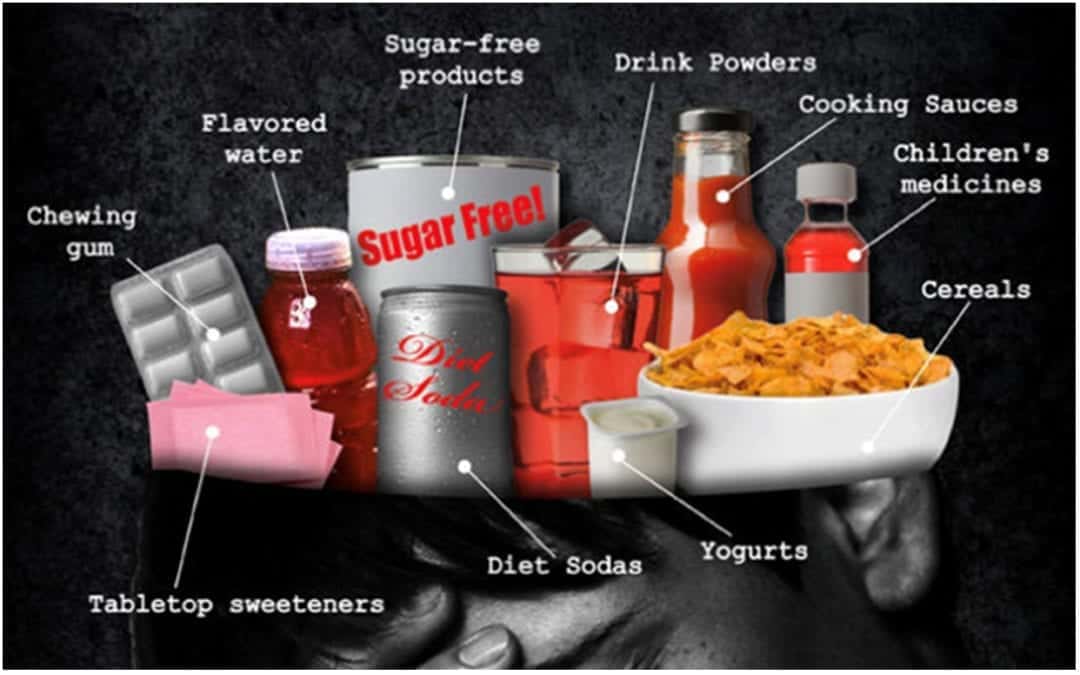Ok, I’m totally guilty of deceiving my husband and my brother-in-law, both at the same time and the same evening. Sorry? Not at all! Today is the day after, and they still don’t know!
Having invited my brother and sister-in-law for dinner, last night I was in the kitchen preparing spaghetti sauce and deciding on which pasta to use. I said to Karen, my sister-in-law, “What do you think about having gluten free pasta?” She was great with the idea, and we both decided to NOT ANNOUNCE it to the guys. Sooooo, onward with dinner. The salad was beautiful, with fresh greens, red bell pepper, tomatoes, sunflower seeds, and a few raisins, keeping it all simple. The pasta was cooked, and the box it came in was in the trash. No signs of gluten free anything.
Dinner was a hit, thanks to my daughter’s tip of adding a splash of red wine to the pasta sauce as it cooked. Everyone loved it. And no one said anything about the pasta. The guys never suspected! Now that’s how gluten free should be — right?
So what did I use, and WHY did I want to have gluten free pasta since I am not celiac?
First, I have tried so many gluten free pastas and so many fell apart, tasted weird, and just had a strange texture. Not this one. I used Jovial’s 100% Organic Brown Rice Gluten Free Pasta Capellini. It was just like regular gluten filled pasta, except it was just a tiny tiny bit off white instead of bright white, not really noticeable. It’s taste and texture were just like regular pasta. The guys never noticed. It was delicious!
I am not celiac so why the gluten free?
When you eat a meal, do you ever feel bloated afterward? Do you ever get gassy later? Does your tummy feel heavy? Have you ever noticed that your joints flare-up? Do you ever notice brain fog and sluggishness?
These reactions COULD be your body responding to the gluten. I have experienced all these symptoms at times after consuming gluten. Do I always avoid gluten? NO, but I pay for it when I don’t. But a celiac person has really powerful reactions, like serious diarrhea, but that’s not all.
William Davis, MD states in his book, Wheat Belly, that the range of diseases associated with celiac includes: 1) Dermatitis herpetiformis, 2) liver disease, 3) autoimmune diseases (RA, Hashimoto’s thyroiditis, lupus, asthma, inflammatory bowel diseases like ulcerative colitis and Crohn’s disease and other inflammatory and immune disorders), 4) Insulin-dependent diabetes, 5) Neurological impairment, and 6) nutritional deficiencies. Are you suffering from any of those? If yes, you may want to consider going gluten free to see if things improve. Wheat Belly would be a good book to read too.
So why is this happening? Isn’t bread the “staff of life?” How can wheat be bad for us?
One of the main culprits is zonulin. Ever heard of that? Most have not, but we each need to know about it. Our intestines are supposed to be impermeable. Nothing should just leak out of our intestines into our body, right? In many people, gluten triggers the release of zonulin, and zonulin regulates our intestinal permeability!
When gluten triggers zonulin to release, those formerly tight junctions in our intestines become open, or leaky, allowing unwanted proteins, toxins, undigested food particles, and more to leak and get into our bloodstream and the result is an inflammatory process. Inflammation is one of the biggest health challenges in the world! And we can cause it in ourselves every single time we consume our traditional wheat products! Did you know that the average American consumes 55 pounds of wheat flour every year? No wonder there are so many inflammatory diseases affecting us!
Has consuming wheat always caused leaky gut and inflammation? No actually it has not. We have to look back at just a bit of history to understand and appreciate where we are in the US when it comes to our wheat products.
Our wheat flours today in the US are really messed up, in my opinion. Did you know that humans have been cultivating wheat for over 10,000 years? We cultivated it, stored it, milled it, and consumed it, and it was very nourishing. Not so today.
Thanks to the industrial era, we started turning wheat into barren white flour by using the modern steel roller mill, which was fast and efficient but separated out just the white “fancy flour,” devoid of nutrients. Yes, devoid of nutrients. Think JUST CARBS with no benefit. On top of that, the seeds wheat is grown from have been mutated to produce more. So our wheat today has ended up being grown from mutated seeds and being grown in chemically laden and synthetic soil. Did you know that pests won’t eat plain white bread? Our modern wheat is pathetic.
So why not just use “whole wheat” flour or buy whole wheat products? Good question. First of all, most whole wheat products are just the “fancy white” flour with a little bran added back in. Not much improvement and still not very nutritious. If you can find “stone-ground” wholemeal flour, where the whole wheat kernel is ground, and the germ is crushed into flour, you will have a nutritious product, but not for very long. The fatty acids start to break down and oxidize immediately. Just think “rancid.” That’s the bitter nasty taste you’ll get if it’s not fresh, and it could make you sick.
So what can we do if we want healthy and nutritious wheat products or gluten free non-wheat products? There are a few options.
- Carefully purchase organic gluten free bread, pasta, etc. There are a multitude of these, but read the ingredients because some have added sugars and chemicals that you don’t want. The craze right now is cauliflower being used as the basis for sandwich thins, pizza crusts, and more. I’ve tried many of these, and I have loved each one I have tried!
- If you REALLY want to get serious about having nutritious, healthy, and fresh bread, you can buy a home countertop grain mill! This is common and very popular for healthy home bakers in Europe! I am considering this myself, so if you are doing this yourself, please let me know how you like it and share your tips!
- There are gluten free chefs around the country. If you are fortunate enough to be close to one, consider reaching out to them to find out how they can help you with your gluten-free lifestyle! I recently purchased dozens of frozen gluten free breakfast biscuits from a local gluten free chef and they are DELICIOUS! What a treat!
There are many bonuses to skipping the wheat. Wheat is an appetite stimulant, making you want more cookies, more pretzels, etc. Those who remove wheat from their diet naturally and unconsciously consume 350 to 400 fewer calories per day! So if weight control is a desire, this can help you head in the right direction!
Replacing our pathetic wheat products with some healthy gluten-free products and with nutritious fruits and vegetables and healthy grass-fed antibiotic-free animal products can have a dramatic positive effect on our health.
Here’s to you and your gluten free life!






